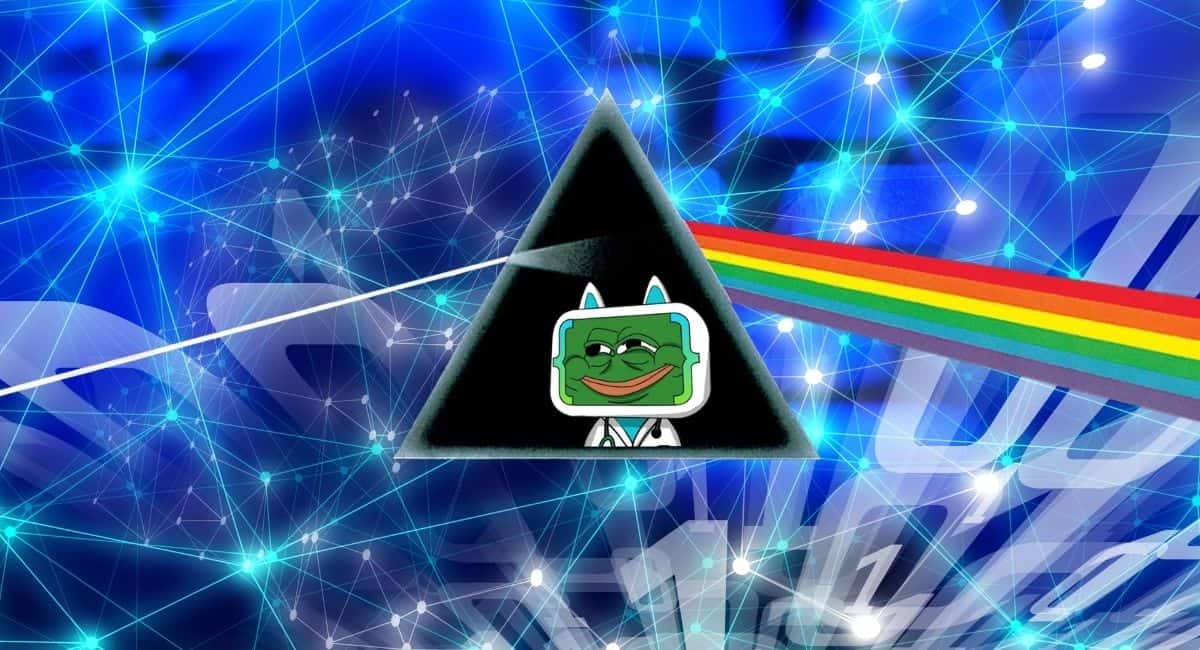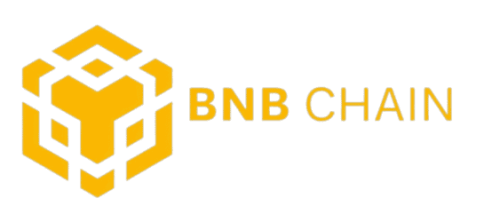Greetings! My name is Benjamin Rich, and yes, I do have a PhD in scientific coding, but I now publish in the field of shitfarming.
I’d like to discuss what what I believe are a series of underrated factors that underlie the quality of yield farm outcomes and largely determine their level of success:
Total Native Liquidity (TNL)
This is the sum of the value stored in all native LP pairs.
This value is important because it represents the native token’s resistance to price movement. Further, unless there are multiple native tokens, TNL is equal to double the amount of “real coins” that investors can get out of a farm, colloquially referred to as the amount of “blood in the pig.”
This value can facilitate calculations about things such as the advisability of depositing, but it is rarely displayed, as TNL is not the amount staked but the entire amount of native liquidity in existence.
TNL/TVL Ratio
This is the ratio of TNL to TVL (total value locked), which is one of the most reliable indicators of farm health. This ratio represents the relationship between how much value can be extracted from the farm and how much value is pursuing that extraction.
This can be a useful indicator of future total returns assuming no further deposits. However, this ratio is essentially never shown in any farm’s data display; the farthest anybody gets is displaying both TVL and TNL next to each other.
Supply expansion (%/day)
This is the number of tokens that a farm mints in any 24-hour period as a percentage of the supply at the beginning of that 24-hour period. This statistic measures how much “dump pressure” there is on the ecosystem and is a key indicator of future token price.
Multiplying this percentage by the current market cap gives the amount of buy support that will have to come into the ecosystem in order for the token to maintain price for the 24-hour period in question.
Most farms do not display this information because it is simply too unfavorable for them, as the majority of farms expand their supplies far too rapidly. Displaying numbers like 21,600,000% supply expansion per day would make it obvious that many farms are not sustainable.
Too many coins minted relative to the existing supply harms native stakers and liquidity providers because of the inevitability of token price drop.
There are two main reasons why farm operators continue to emit too many tokens relative to the supply.
The first is simple ignorance: many farm operators do not realize the mathematics of the situation. We can do something about that, but we cannot do anything about the second reason: greed.
The example above shows how easy it is to rig things so that the farm appears to be producing $10,000+ per block. This encourages deposits by naive investors because the displayed APRs in such situations are incredibly high. However, the returns will quickly disappear if the supply expands by 5 times its size in the first block. Sorry to disappoint you.
Liquidity Provided
The amount of team liquidity provided is a key contributor to a farm’s survival. Obviously, it reflects the amount of money available to buffer against token price movements or for investors to extract. If locked or burned, it can also represent a team’s financial commitment to the project.
But it also represents another hidden factor: the amount of team liquidity provided is negatively related to the scamminess of its launch. So-called “fair launches” that are rigged for insiders often start out with a suspiciously low amount of team-provided liquidity, followed by equally suspicious bot buys in the few blocks after launch.
This leads to a situation where the person who placed the bot buys gets to make money at the expense of all other participants. Providing team liquidity at fair value prevents this from occurring.
Accessible Treasury
This is the amount of money the project has available. I know it’s not exactly “fair to the little guys,” but the amount a team is willing to spend on a project signals both commitment and ability to accomplish goals.
If we are prospectively analyzing a team’s propensity to “rug pull” i.e. exit scam, money dedicated to the project is an obvious indicator of persistence. This is why the RugDoc KYC service is among the best values in the business: it provides a permanent signal of not only commitment to the project, but also financial outlay.
Founder’s Years in Crypto
Seniority matters. A person’s likelihood of having good ideas is directly affected by their experience level. The ability to contextualize the current experiences of the yield farming industry in historical terms can impart the wisdom necessary to respond to situations.
The ability to grasp onto sources of appeal to major investors is extremely important. A founder who has an extremely high level of seniority might even have personal connections with people who can command large investments or have even bigger friends of their own.
The founder having an existing personal network in crypto (most commonly through another farm) is a very strong predictor of farm success.
Token Sink
A token sink is something else for tokens to do or a place for them to go other than being dumped.
It can be the answer to everything: “Who created the tokens?,” “What do the tokens do?,” “Where do the tokens go?,” “When do I get to deposit the tokens?,” and “Why must I put them there?.”
Leper colonies of farms joining hands and opening pools for each other’s tokens is the most common manifestation of a token sink. That does help, but a more effective sink than the pools those farms can usually get is usually necessary for a farm to last more than a few weeks, as mutual pools do not help when the farms that offer them die.
The presence and viability of a token sink is almost the be-all-end-all of longer-term farm viability, as without a designated purpose, the entire point of the farm amongst informed participants is to dump for as many “real coins” as possible in a cynical race to the exits.
The Live-Action Roleplay (LARP) Factor
LARPers are those people who dress up and talk in Belvedere Castle accents while whacking each other with cardboard swords.
So what do LARPers and yield farm operators have in common? They both pretend to be something they are not. Many yield farms pretend to have a token sink or other mechanism that will make them sustainable, when in fact, most of these “LARPs” are either complete lies or recycled old canards that don’t really work.
The LARPs that have been complete lies are pretty straightforward to understand: some farm creators have actually done extremely well by promising things that they never deliver.
The promise of fake things to come simply makes people hold the coins, creating a sink that is more effective than many real things. The recycled old canards are somewhat more difficult to dissect.
The idea of a centralized “dividend pool” being added to a farm is the most common type of concrete LARP attempt, but such pools usually require 100% principal risk while holding a single inflationary token.
Further, most so-called dividend pools merely drip out a relatively small amount of money from a pile controlled by a centralized entity. This is not exactly in accordance with the “spirit of decentralization” that blockchain technology espouses, and the arrows of money always point from plebs to token creators in such arrangements (thus the description of the claim to offer dividends as a LARP).
Ultimately, because very few farms actually have any innovative ideas, a farm’s ability to LARP effectively can be a key determinant of success.
In the end, a yield farm can emit four tokens and call them “fire,” “earth,” “water,” and “air,” but if people don’t want them for any particular reason, they are all actually “shit.”
We have to be realistic and admit that LARPing is most farms’ only way of making people want the tokens. In fact, I would call the LARP factor the most underrated factor in yield farm evaluation, as success in this area can singlehandedly and drastically extend a farm’s lifespan. So, yield farm runners are well advised to put tinfoil on their best piece of cardboard and get to LARPing as hard as they can!
Thanks for reading through my list of underrated predictors of yield farm success. I hope that these insights lead to successful shitcoining by all!
Many cheers and best regards,
Kurt







